|
Your search criteria found 473 images Feature Name |
| My List |
Addition Date |
Target
|
Mission | Instrument | Size |

|
2011-03-24 | Annefrank |
Stardust |
Stardust Navigation Camera |
3000x2400x3 |
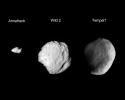
|
|||||

|
1998-09-15 | Amalthea |
Galileo |
Solid-State Imaging |
1539x1066x1 |
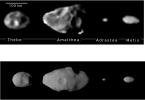
|
|||||

|
1998-09-15 | Amalthea |
Galileo |
Solid-State Imaging |
1539x802x1 |
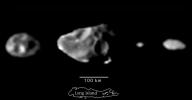
|
|||||

|
2010-01-23 | 2010 AB78 |
Wide-field Infrared Survey Explorer (WISE) |
WISE Telescope |
1464x1464x3 |
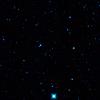
|
|||||

|
2003-12-18 |
Spitzer Space Telescope |
MIPS IRAC |
2332x1616x3 | |
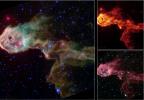
|
|||||

|
2003-12-18 |
Spitzer Space Telescope |
MIPS |
1424x944x3 | |
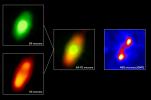
|
|||||

|
2003-12-18 |
Spitzer Space Telescope |
MIPS |
658x430x3 | |
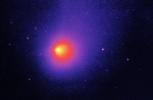
|
|||||

|
2005-01-21 |
Deep Impact |
1920x2560x3 | ||

|
|||||

|
2004-12-09 |
Spitzer Space Telescope |
1386x956x3 | ||
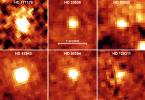
|
|||||

|
2004-12-09 |
Spitzer Space Telescope |
1364x1024x3 | ||
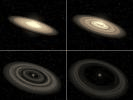
|
|||||

|
2005-10-20 |
Spitzer Space Telescope |
3000x2400x3 | ||
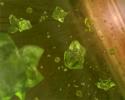
|
|||||

|
2005-11-03 |
Stardust |
1280x720x3 | ||
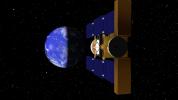
|
|||||

|
2005-11-03 |
Stardust |
640x354x3 | ||
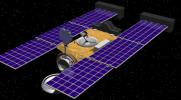
|
|||||

|
2005-11-03 |
Stardust |
2400x3000x3 | ||

|
|||||

|
2005-11-03 |
Stardust |
601x900x3 | ||

|
|||||

|
2006-01-17 |
Stardust |
Stardust Capsule |
3008x2000x3 | |
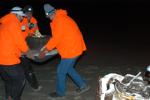
|
|||||

|
2006-01-17 |
Stardust |
Stardust Capsule |
1000x665x3 | |
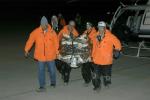
|
|||||

|
2006-01-20 |
Stardust |
3072x2048x3 | ||
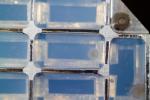
|
|||||

|
2006-10-19 |
Stardust |
720x515x1 | ||
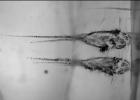
|
|||||

|
2006-02-21 |
Stardust |
720x540x3 | ||
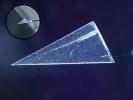
|
|||||

|
2006-02-21 |
Stardust |
720x540x1 | ||
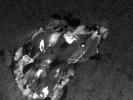
|
|||||

|
2006-02-21 |
Stardust |
1547x1136x3 | ||
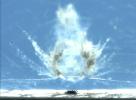
|
|||||

|
2006-10-03 |
Spitzer Space Telescope |
MIPS |
1500x558x3 | |

|
|||||

|
2007-03-29 |
Spitzer Space Telescope |
3000x2000x3 | ||
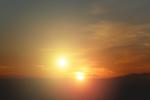
|
|||||

|
2007-03-29 |
Spitzer Space Telescope |
3000x2400x3 | ||
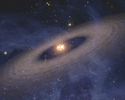
|
|||||

|
2007-07-24 |
Spitzer Space Telescope |
3000x2400x3 | ||
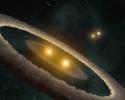
|
|||||

|
2007-10-03 |
Spitzer Space Telescope |
3000x2400x3 | ||
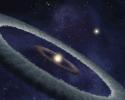
|
|||||

|
2008-04-24 |
Hubble Space Telescope |
WFPC2 |
3271x1828x3 | |
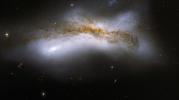
|
|||||

|
2008-07-21 | 1600x1600x3 | |||

|
|||||

|
2008-12-16 |
Spitzer Space Telescope |
IRAC MIPS |
1500x1500x3 | |
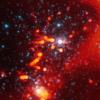
|
|||||

|
2009-01-28 |
Spitzer Space Telescope |
IRAC |
3000x2400x3 | |
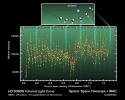
|
|||||

|
2009-05-13 |
Spitzer Space Telescope |
3000x2400x3 | ||
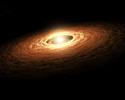
|
|||||

|
2009-11-17 |
Wide-field Infrared Survey Explorer (WISE) |
1280x720x3 | ||
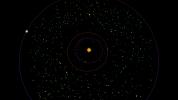
|
|||||

|
2009-11-20 |
Cassini-Huygens |
3019x2031x3 | ||
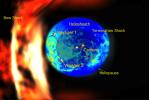
|
|||||

|
2010-06-14 |
Wide-field Infrared Survey Explorer (WISE) |
WISE Telescope |
2000x2000x3 | |
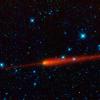
|
|||||

|
2010-08-23 |
Spitzer Space Telescope |
IRAC |
3000x2400x3 | |
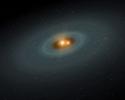
|
|||||

|
2010-10-13 |
Wide-field Infrared Survey Explorer (WISE) |
WISE Telescope |
1600x1000x3 | |
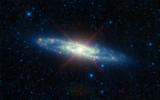
|
|||||

|
2011-04-28 |
Voyager |
1280x720x3 | ||
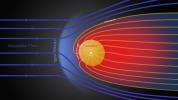
|
|||||

|
2011-05-26 |
Spitzer Space Telescope |
Infrared Spectrograph (IRS) |
3000x2400x3 | |
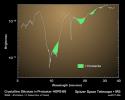
|
|||||

|
2011-07-05 |
Wide-field Infrared Survey Explorer (WISE) |
WISE Telescope |
2800x2800x3 | |
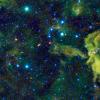
|
|||||

|
2011-07-21 |
Wide-field Infrared Survey Explorer (WISE) |
WISE Telescope |
1900x1900x3 | |
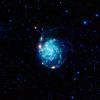
|
|||||

|
2011-10-20 |
Herschel Space Observatory |
3000x2400x3 | ||
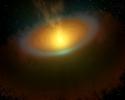
|
|||||

|
2011-10-19 |
Spitzer Space Telescope |
4267x2400x3 | ||
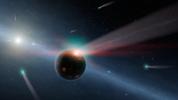
|
|||||

|
2012-03-14 |
Wide-field Infrared Survey Explorer (WISE) |
WISE Telescope |
10000x5030x3 | |
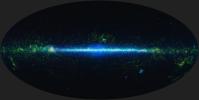
|
|||||

|
2012-03-14 |
Wide-field Infrared Survey Explorer (WISE) |
WISE Telescope |
10000x5000x3 | |
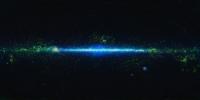
|
|||||

|
2012-04-12 |
Herschel Space Observatory |
2360x2359x3 | ||
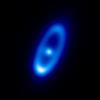
|
|||||

|
2012-05-21 |
Kepler |
1500x1200x3 | ||
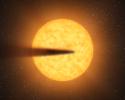
|
|||||

|
2012-09-11 |
Exoplanet |
3600x2400x3 | ||
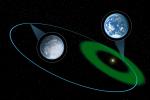
|
|||||

|
2012-09-18 | 1439x1080x3 | |||

|
|||||

|
2012-10-03 |
Galaxy Evolution Explorer (GALEX) Spitzer Space Telescope |
IRAC Ultraviolet/Visible Camera |
6019x6019x3 | |
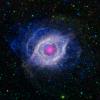
|
|||||

|
2012-10-23 |
NuSTAR |
NuSTAR |
3202x2402x3 | |
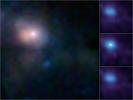
|
|||||

|
2012-11-02 |
Mars Science Laboratory (MSL) |
SAM |
840x524x3 | |
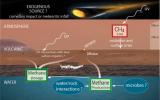
|
|||||

|
2012-11-28 |
Herschel Space Observatory |
Herschel Telescope |
1000x699x3 | |
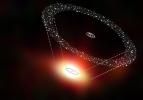
|
|||||

|
2013-01-08 |
Herschel Space Observatory Spitzer Space Telescope |
4267x2400x3 | ||
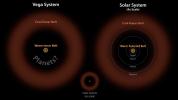
|
|||||

|
2013-05-06 |
Spitzer Space Telescope |
4000x2667x3 | ||
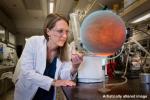
|
|||||

|
2013-06-28 |
Galaxy Evolution Explorer (GALEX) |
GALEX Telescope |
1500x1500x3 | |
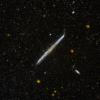
|
|||||

|
2013-08-21 |
Wide-field Infrared Survey Explorer (WISE) |
5334x3000x3 | ||
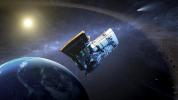
|
|||||

|
2013-10-25 |
Kepler |
5333x3000x3 | ||
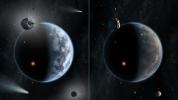
|
|||||

|
2014-01-28 |
NEOWISE |
NEOWISE Telescope |
660x308x3 | |
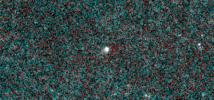
|
|||||

|
2014-03-07 |
Wide-field Infrared Survey Explorer (WISE) |
8421x5361x3 | ||
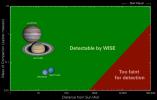
|
|||||

|
2014-07-23 |
NEOWISE |
NEOWISE Telescope |
728x585x3 | |
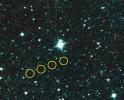
|
|||||

|
2014-07-23 |
NEOWISE |
NEOWISE Telescope |
1596x1080x3 | |
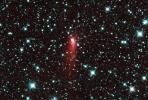
|
|||||

|
2014-08-07 |
NEOWISE |
NEOWISE Telescope |
2519x2519x3 | |
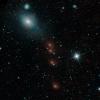
|
|||||

|
2014-11-10 |
Spitzer Space Telescope |
Spitzer Space Telescope |
3300x4000x3 | |

|
|||||

|
2015-02-10 | 1833x2442x3 | |||

|
|||||

|
2015-03-26 |
NEOWISE |
1799x1799x3 | ||
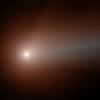
|
|||||

|
2015-08-20 |
Spitzer Space Telescope |
Spitzer Space Telescope |
4800x2700x3 | |
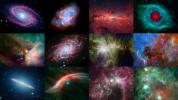
|
|||||

|
2015-11-24 |
Kepler Spitzer Space Telescope |
4534x2550x3 | ||
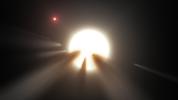
|
|||||

|
2016-01-28 |
Hubble Space Telescope |
1886x3000x3 | ||

|
|||||

|
2017-10-04 |
Spitzer Space Telescope |
5120x2880x3 | ||
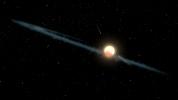
|
|||||

|
2018-12-10 |
Voyager Interstellar Mission |
1920x1080x3 | ||
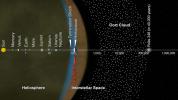
|
|||||

|
2019-09-12 |
Canada-France-Hawaii Telescope |
705x645x1 | ||
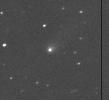
|
|||||

|
2021-01-08 |
Mars 2020 Rover |
3351x3042x3 | ||
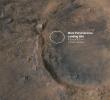
|
|||||

|
 |
 |
 |
 |
 |
|
| 1-100 | 101-200 | 201-300 | 301-400 | 401-500 |
| Currently displaying images: 401 - 473 of 473 |